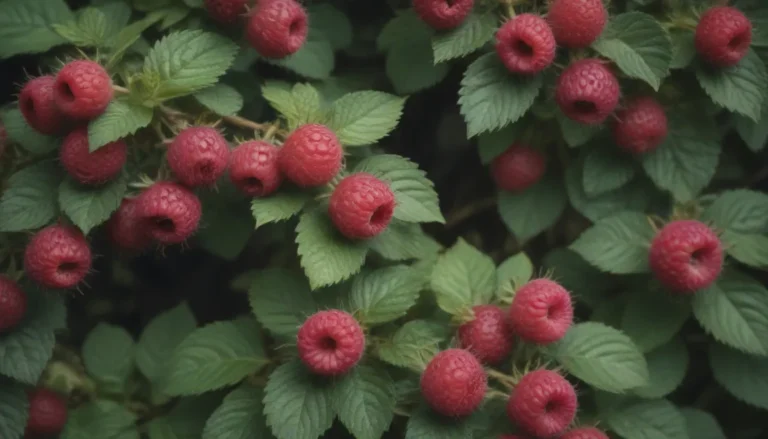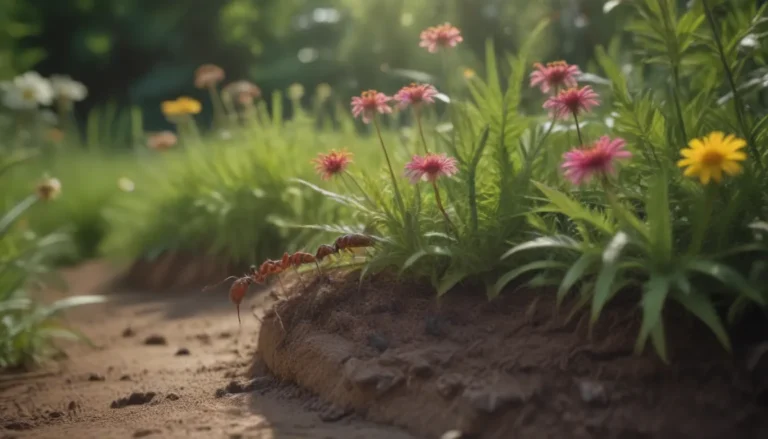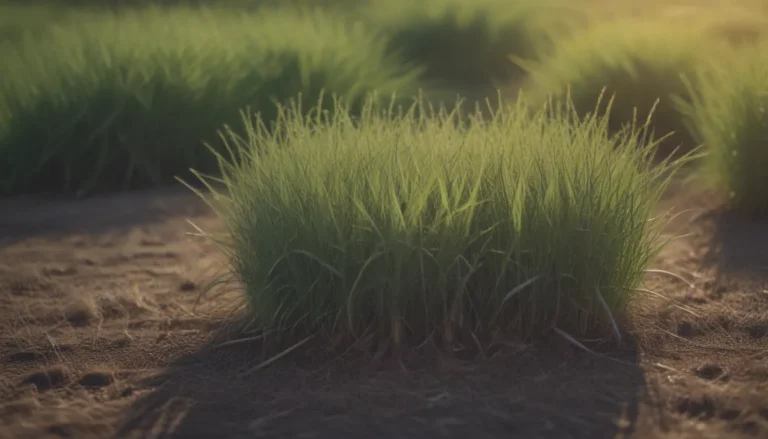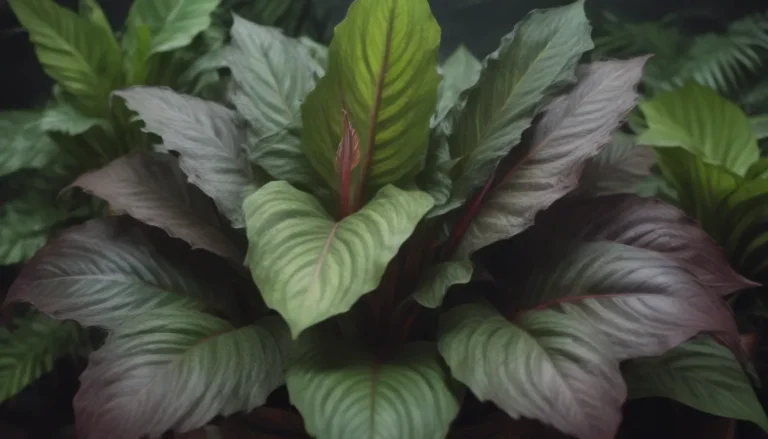The Ultimate Guide to Growing and Caring for Lamb’s Ear
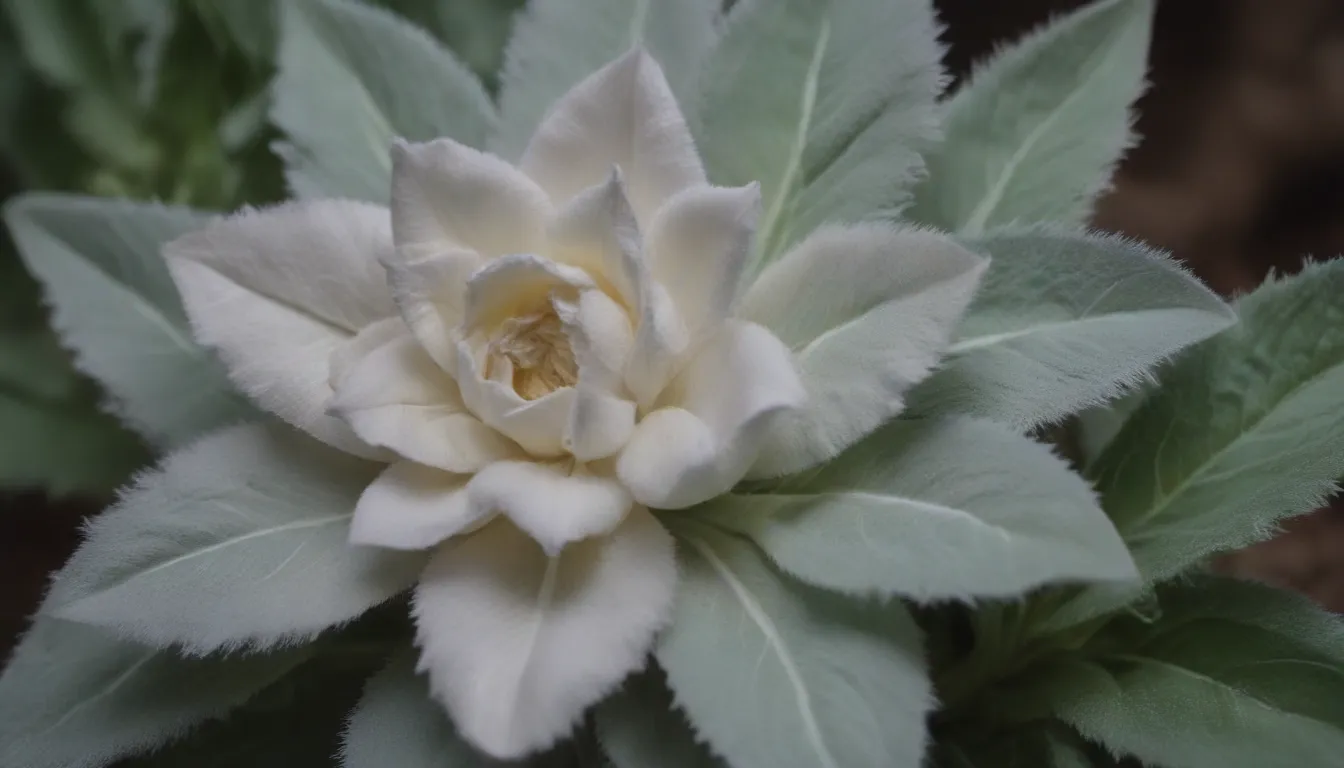
If you’re looking for a beautiful, low-maintenance plant to add to your garden, look no further than Lamb’s Ear. This perennial plant is known for its velvety, silvery gray-green foliage that adds a touch of elegance to any garden space. In this comprehensive guide, we will explore everything you need to know about growing and caring for Lamb’s Ear, from planting to propagation and everything in between.
Why Choose Lamb’s Ear?
Lamb’s Ear is a favorite among gardeners for its unique texture and color. The soft, suede-like feel of its leaves is where it gets its name, making it a popular choice for children’s and sensory gardens. While some varieties do produce flowers in the late spring or early summer, it is the foliage that steals the show with its silvery hues.
Benefits of Lamb’s Ear:
- Soft, velvety texture
- Beautiful silvery-gray foliage
- Easy to grow and care for
- Attracts bees with fragrant flowers
Lamb’s Ear Care Tips
Light:
Lamb’s Ear thrives in full sun to part shade. In hot climates, provide some afternoon shade to prevent leaves from burning in the harsh sun. Adjust the amount of shade based on your climate and growing conditions.
Soil:
This plant prefers well-drained, slightly acidic to slightly alkaline soil. If your soil retains water, add organic matter to improve drainage before planting.
Water:
Lamb’s Ear is native to dry regions and prefers medium-moisture conditions. Be careful not to overwater, as this can lead to rot and fungal leaf spots. Water sparingly and only when the soil is dry.
Temperature and Humidity:
Lamb’s Ear is adaptable and can thrive in USDA hardiness zones 4 to 8. In very humid climates, watch out for fungal leaf spots, and provide extra shade during hot, dry summers.
Fertilizer:
Avoid feeding Lamb’s Ear with supplemental fertilizers. These plants prefer lean, well-drained soil and do not thrive in rich, fertile conditions.
Types of Lamb’s Ear
If you’re looking to add Lamb’s Ear to your garden, consider these recommended cultivars:
– Stachys byzantina ‘Silver Carpet’
– Stachys byzantina ‘Helen von Stein’
Pruning and Propagation
Pruning:
Aside from deadheading the flowers, Lamb’s Ear requires minimal maintenance. Trim back any brown or tattered foliage to encourage new growth. Many gardeners remove the flower stalks before they bloom to focus on the foliage, but leaving them for bees to enjoy is also an option.
Propagating:
Lamb’s Ear can be propagated through division every two to four years. Simply divide the plant and replant in a new location to keep it healthy and thriving.
Growing from Seed:
While you can start Lamb’s Ear from seed, consider starting with nursery plants for specific hybrids like ‘Helen von Stein’ for guaranteed results.
Overwintering and Common Pests
Overwintering:
Once established, Lamb’s Ear can withstand winter conditions. In milder winters, it may remain green. In the spring, clean up any debris to promote new growth.
Common Pests and Diseases:
Lamb’s Ear is prone to fungal diseases due to its low-growing nature. Use fungicides and proper watering techniques to prevent disease. Watch out for nematodes, which can stunt growth.
Common Problems:
To prevent rot, mulch under the plants to keep the leaves dry. Water at the soil level to avoid wetting the foliage, which can lead to fungal spots. If planting indoors, make sure Lamb’s Ear has enough space to spread out.
Alternatives and Further Reading
If you’re looking to diversify your garden, consider these alternatives to Lamb’s Ear:
– Mullein: Offers bright yellow blooms with soft leaves – a colorful addition to any garden.
– Rose Campion: Features fuzzy silver foliage and attractive blooms for a vibrant garden display.
For more information on Lamb’s Ear and other gardening tips, check out these resources:
– Lambs Ear – Tmparksfoundation
– Stachys Byzantina – Ncsu.Edu
– Stachys Byzantina – Plant Finder – Missouribotanicalgarden.Org
– Lamb’s Ear (Stachys Byzantina) – Powdery Mildew – Pacific Northwest Pest Management Handbooks
In conclusion, Lamb’s Ear is a versatile and beautiful addition to any garden. With proper care and maintenance, this plant will thrive and bring a touch of elegance to your outdoor space. Whether you’re a seasoned gardener or just starting out, Lamb’s Ear is a great choice for a low-maintenance, high-impact plant. Happy gardening!
